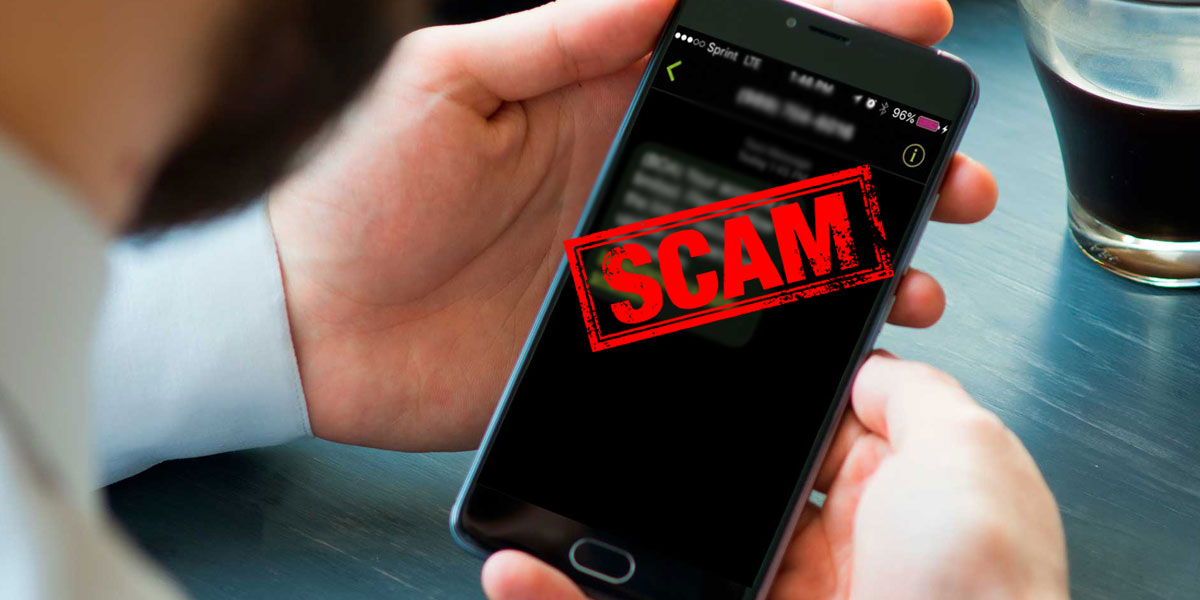
Over the years, and especially during the COVID-19 pandemic, more and more Filipinos have come to appreciate the benefits of mobile banking. The Philippines’ consumer base particularly enjoys the convenience of not having to go to a bank branch, resulting in both time and cost savings.
Nevertheless, mobile banking in the country is not without its troubles. In fact, one factor that discourages some Filipinos to try mobile banking is security. There are those who are afraid that their accounts might get compromised if they use digital platforms—and rightfully so. After all, hackers and cybercriminals continue to come up with ways to victimize people. One of these methods is smishing.
What Is Smishing?
Smishing combines “SMS” or short messaging service, which is the technical term for texting, and phishing. Phishing is a kind of cybersecurity attack, usually conducted through email, which attempts to lead a person to reveal sensitive information like credit card numbers. In short, smishing is phishing that’s carried over SMS or text. Sometimes, messaging or chat apps are also used for smishing.
What Can You Do to Protect Yourself from Smishing?
Now that you know what smishing is, the next step is to ensure the security of your bank accounts. One of the first steps you should take is to set up a strong password for your online banking account and activate two-factor authentication. Then, you should also keep your phone safe by using its own security features.
Here are some other tips to follow for your protection:
- Be on the Alert
To convince customers to provide sensitive and personal information, smishing tests are usually disguised as messages from reputable establishments. The sender may pretend to be a representative of a bank or perhaps a lending company, then ask for your credit card CVV code, online banking password, and the like.
Usually, smishing scams also try to scare you into doing something. They will say something like your account has been blocked due to suspicious activity and that to unblock your account, you need to provide so-and-so information.
Be on the alert about the usual modes of operation of these smishers. When you know how they try to scam people, you can better avoid their tactics.
- Know Your Bank’s Official Alert Channels
Most banks and reputable financial institutions have a unique sender ID, which is usually the company’s name. In short, if your bank’s name is ABC Bank then the sender’s name will be “ABC Bank” when they send you a text. Sometimes, they have separate sender IDs for different divisions, e.g., ABC Bank may have an “ABC Bank Investments” ID for their investment department.
It’s practically unheard of for a bank to send messages using a random mobile number. Be suspicious if you receive a text that claims to be from your bank but isn’t sent from their legitimate alert channel. Contact your bank or loan agency ASAP and report the incident.
- Keep OTPs Private
An OTP or one-time password is a code that’s often used to approve transactions. If a hacker attempts to access your account, they will be unsuccessful if they don’t have the OTP. This is why you should never share your OTPs with anyone. Keep in mind as well that your bank is the one that gives you the OTP; they will never ask it from you.
In the same manner, don’t reply to any text message that asks for your passwords, recovery codes, PINs, and other security information. Again, just report them to your bank then block the number.
- Don’t Click Links in Text Messages
Sometimes, smishing messages will ask you to click a link. This will direct you to a website, where you will then be asked to log in and “verify” your bank account details. They will then capture the information you provided and lock you out of your own account.
If you receive any message with a suspicious link, don’t click it. Just ignore and delete the message. If you feel that your phone number or social media account has been compromised, let your friends and family know and ask them to ignore and delete similar spammy messages.
You should also ignore texts that ask you to call an unknown number, since these will just lead to conversations that are designed to pressure you into revealing personal information.
- Activate Your Phone’s Spam Protection
Many smartphone models nowadays come with built-in filters that let you block unwanted texts and calls. Activate these features so you can minimize the number of smishing messages you receive. You can also download call-blocking apps, but make sure that they’re from legitimate publishers.
- Log In Only Through Secure Websites and Apps
Last but certainly not least, you should only log in to your online banking account through the bank’s official website and its verified mobile banking app. For apps or websites that ask you to link your bank account, such as e-commerce sites, be cautious; make sure that they’re safe and are using security protocols.
With vigilance and care, you can enjoy the convenience of using digital banking solutions and keep your accounts safe.


















